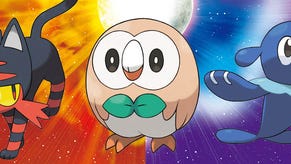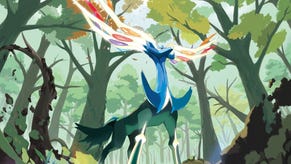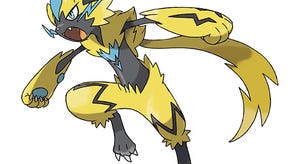The Struggle Between Rattata and Yungoos in Pokemon Sun and Moon is a Neat Bit of World-Building
Alola, Yungoos, and Dark-Type Rattatas: A tale of fragile ecosystems that's based on the real world.
This article first appeared on USgamer, a partner publication of VG247. Some content, such as this article, has been migrated to VG247 for posterity after USgamer's closure - but it has not been edited or further vetted by the VG247 team.
The single-player campaign for Pokémon Sun and Moon is looking pretty cool. Pokémon players who like to do things on their lonesome have wanted a campaign shake-up for a while now, and Sun and Moon may deliver.
We already know traditional Gyms are getting an overhaul, and the alternative Alola forms for classic Pokémon like Raichu, Vulpix, Sandshrew (and Exeggutor, of course) will make it fun to invest the time and effort necessary to Catch 'Em All. There's another reason this Alola Pokémon adventure is already compelling, though: It's so steeped in Hawaii's tropical atmosphere that it's impossible to look away from the bright colors and beautiful environments.
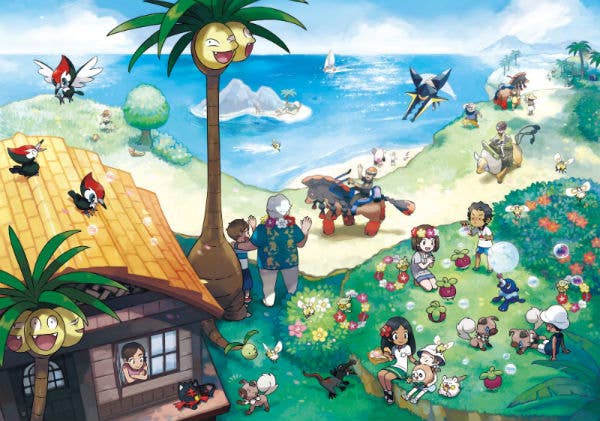
Each Pokémon region has a real-world counterpart. Most of Pokémon's real-world sister regions are located in Japan, though later games branched out across the sea. Pokémon Black and White's Unova region apes New York and New Jersey, and the Kalos region in Pokémon X and Y pay tribute to France. But every screenshot and video we've seen of Alola practically seeps lava and pineapple juice from its pores.
The influence goes beyond loud Hawaiian shirts, sunshine, and surfboards, though. The September 1 Nintendo 3DS Direct showed off another Alola form for a classic Pokémon – Rattata – and explained how the rodent's re-design actually fits into its history with the island. And that history emulates an actual agricultural incident that took place in 19th century Hawaii, and is still affecting the ocean paradise's environment over a hundred years later.
In Pokémon Sun and Moon's game-lore, this new black-furred Rattata is a Normal / Dark-type hybrid, a shift from the regular Rattata's purple fur and basic Normal typing. While Alola's Rattata species originally looked no different from the billions of other Rattata populating every region in the Pokémon universe, it evolved to help it evade its main predator, the horrific-looking Yungoos.
Yungoos isn't native to Alola, however. This weaselly Pokémon was introduced specifically to control the island's Rattata problem. In response, Rattata became nocturnal and evolved a Dark-type classification to help it slip from the notice of Yungoos, which hunts for food during the day.
The Rattata / Yungoos struggle echoes the sugar industry's ill thought-out plan to import the mongoose to Hawaii. In 1883, mongooses (mongeese?) were distributed around several of Hawaii's islands to control the scores of sugar-drunk rats that were nibbling on cane.
There's one major difference between Pokémon's ecological upset and the actual event, however: Hawaii's rats never had to evolve to escape their mongoose assassins. Poor planning simply took its toll. Rats are nocturnal to begin with, whereas the mongoose is active during daylight hours. So the mongooses filled up on Hawaii's many ground-nesting species of birds instead of bothering with the rats. Their descendants continue to do so in the 21st century.
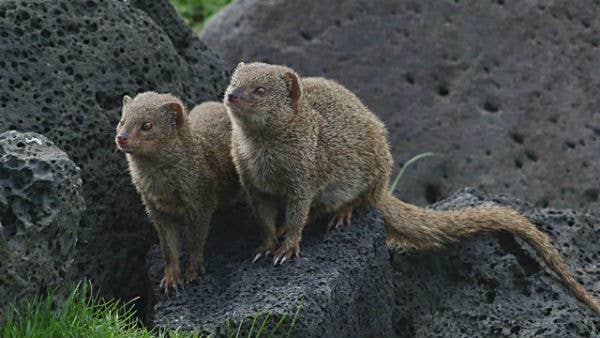
It's always a lot of fun to see Game Freak put its own fantasy spin on the already-bizarre world of nature. It's even cooler to see actual history and culture work its way into all that pseudo-biology. The Pokémon series can only benefit from more of this kind of world-building, as it helps players get more invested in the land they're about to explore.
So now we know why Alola's Rattata population has black fur and a Dark-type classification.
We don't know what's up with the mustache-whiskers, though.
Or why the little beasts evolved to stand on two legs.
...Someone check for opposable thumbs before it all goes too far.




